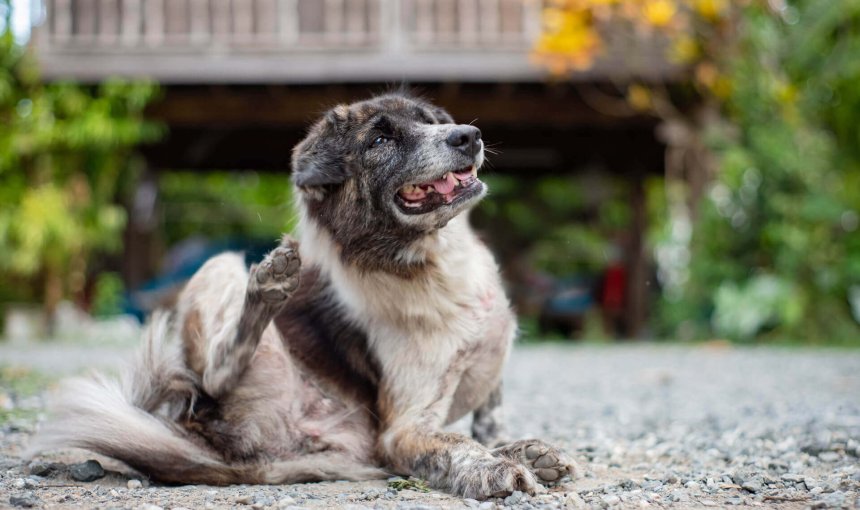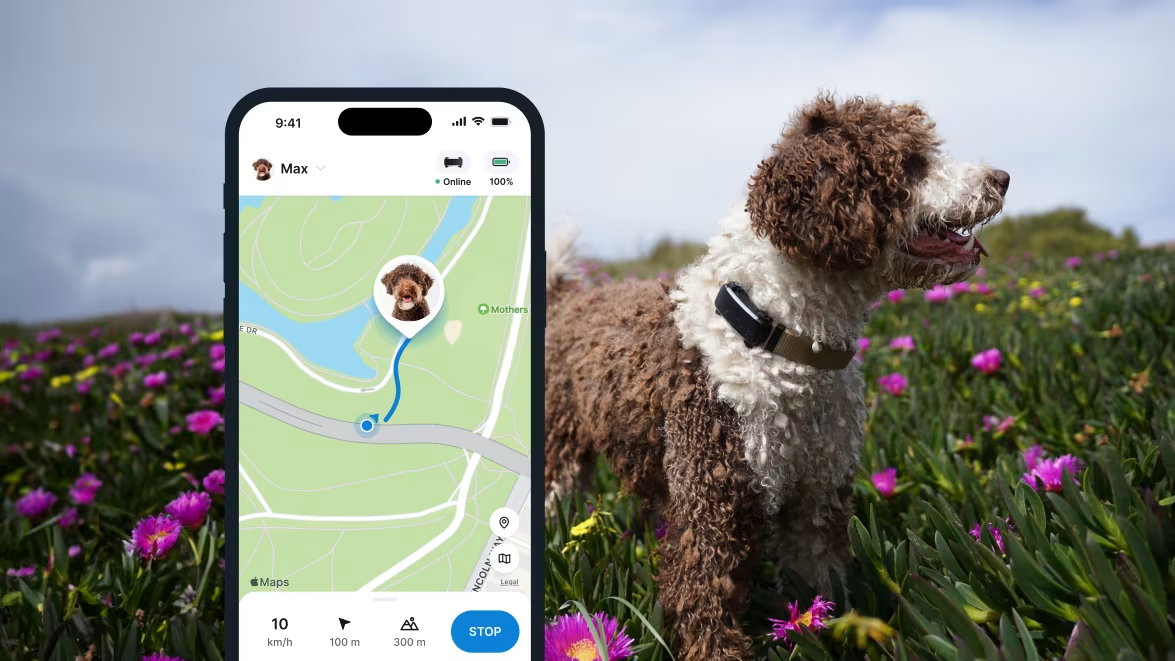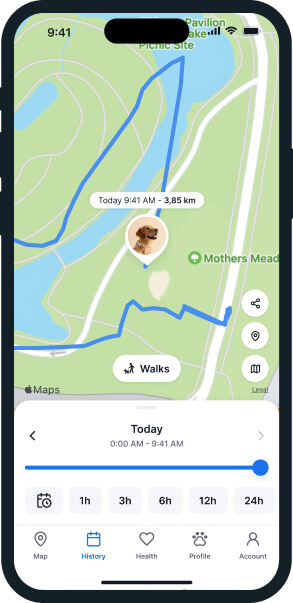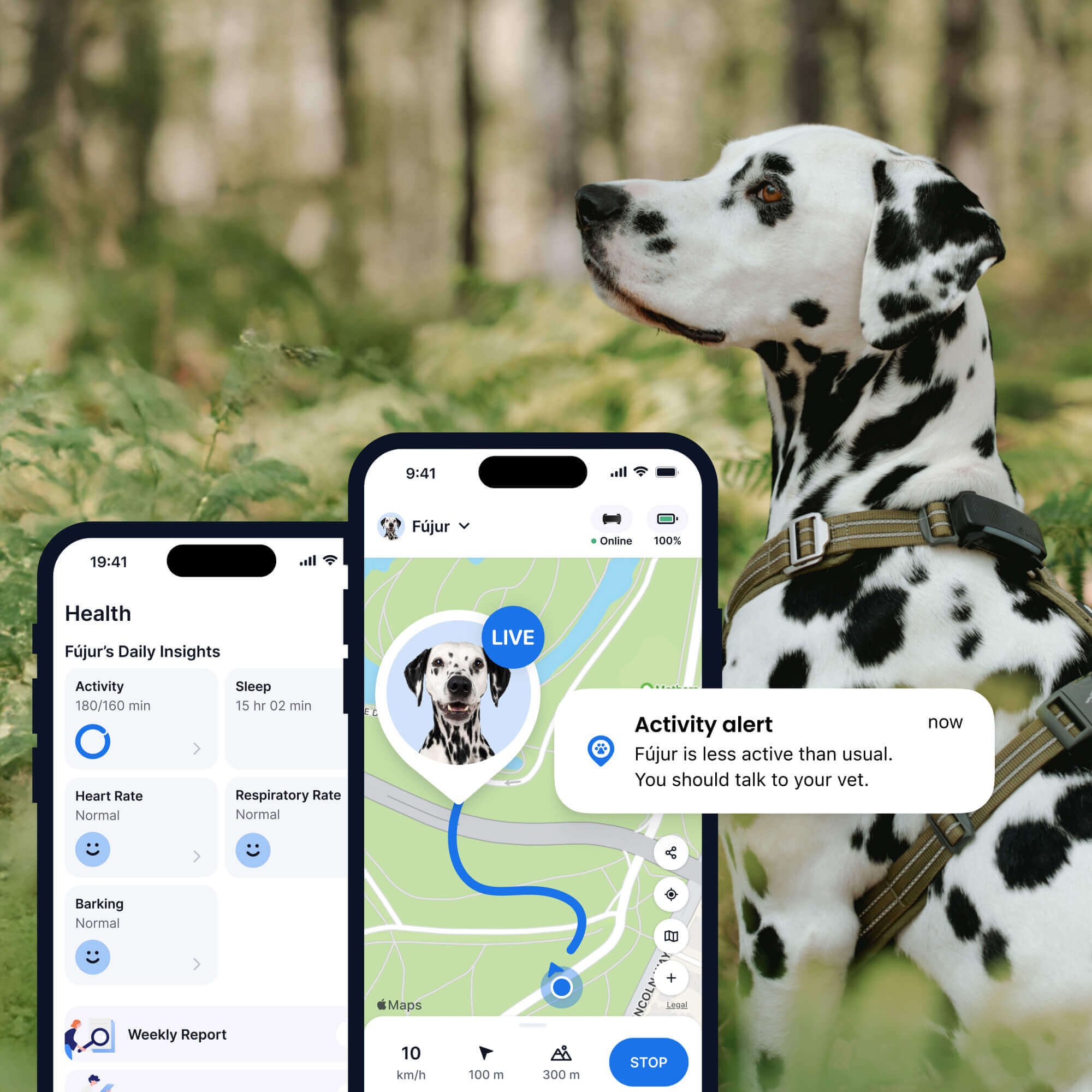 Approved by Dr. Dwight Alleyne, DVM
Approved by Dr. Dwight Alleyne, DVM Why Is My Dog So Itchy? (And How To Bring Them Some Relief)
It's normal for healthy dogs to experience itching sometimes. But if this behavior becomes repetitive or excessive, that's a sign that something may not be right. Here's how to handle itching in dogs - and figure out where they're running into these "itch"-prone zones in the first place!

Ruh roh. If you have an itchy dog, we know it can be worrisome. Your canine buddy may be uncomfortable or downright miserable from the endless scratching. And even worse, excessive itching in dogs isn’t considered normal.
So is it just normal shedding? Or something more serious? Discover the top causes of itchy skin in dogs – and how tracking your buddy’s favorite hangout spots can help you get to the bottom of it.
Key Takeaways
Excessive itching is usually a sign that something is wrong. This problem is called “pruritus” and can range from mild annoyance to a serious health issue.
The most common reasons for your dog being so itchy are allergies – either from things they eat (like beef or wheat) or things in the environment (like pollen or dust). Other causes include parasites like fleas and ticks.
If your dog is scratching too much, you should take them to the vet. They can figure out the cause and might prescribe special shampoos, medicine, or a special diet to help relieve the itch.
The Tractive smart dog tracker can help you find out exactly where they’re spending their time. The tracker’s map can show you where the “itchy” zones are so you can try to avoid them.

Always know your buddy is healthy & safe
Read moreWhat is pruritus in dogs?
Just like us, our furry friends and other animals can experience itchiness. In the medical world it’s known as pruritus. Or that sensation that compels us to itch or scratch ourselves in one spot or all over.1 Sometimes, it’s harmless. Other times, an underlying condition may be to blame, which may require treatment. And depending on the cause, itchiness in dogs can range from mild to severe.
💡That’s why it’s smart to figure out where your dog is spending most of their time. (And whether these spots are “itchy” zones.) Meaning, areas they’re likely to run into pollen, dust, or critters like ticks, mites, and fleas.

Follow your dog anywhere
Get real-time location information, wherever they go. And find out when they try to make an escape, or just when they go somewhere they shouldn’t, with Virtual Fences.
Is it normal for dogs to be itchy?
Well, it depends. Like humans, it’s normal for healthy dogs to itch sometimes. Occasional itching is usually not something to be worried about. However, if your dog is itching and scratching incessantly, it’s probably an indicator that something’s not right. Your dog may be suffering from fleas, allergies, an insect bite, infection, or something else that needs treatment. So don’t ignore it if your dog starts itching and scratching a lot.
Signs of itchiness in dogs
The signs of itchiness in dogs may not be as obvious as you’d think. (But then again, sometimes, they might be). Itchy dogs scratch themselves with their paws – but that’s not all. They may also engage in some of the following behaviors in an attempt to scratch the itch:
- Lick one part of their body excessively
- Bite or chew their skin
- Rub against a carpet, floor or wall
- Shake their head (when itchy in the ears)
- Scoot their rear end along the carpet2
If your dog is itchy, they might also have red, inflamed skin or show other signs of illness in dogs. You can assess your dog’s level of itchiness with the Pruritus Visual Analog Scale for dogs.
Causes of itchy skin in dogs
One of the most common causes of itchy skin in dogs is allergic dermatitis or skin allergies. This is also the most common health issue seen in (a sample of) dogs over the past 10 years (according to a report by Nationwide Insurance). Allergic dermatitis in dogs is when a dog’s body has an allergic reaction to something in their environment or food.
- Flea bites, mange, ticks, dog pollen allergy, mold spores or dust mites are common culprits.
- Bacterial and fungal infections are also common causes of excessive itching in dogs.
- Foods allergies to ingredients such as beef, chicken, eggs, dairy, soy or wheat can also be the cause of skin issues and scratching in dogs.
- Your dog may also experience allergic itch in response to shampoos, plants, insecticides, cleaning products or other substances which are toxic to dogs.
If not treated, excessive itching and scratching in dogs can lead to infection, wounds, and pain. So it’s best to schedule an appointment with your vet at the first sign of itching or discomfort in your dog.
Are some dog breeds more prone to itchiness than others?
All dogs can suffer from itchy skin. But purebred dogs are known for having skin issues. For example, Poodles, Cocker Spaniels, Retrievers and West Highland White Terriers commonly experience skin disorders.3 Senior dogs are also more prone to skin and nail problems. (Most likely because they’re not as limber as they used to be. So they can’t reach to scratch themselves as easily as they might have in their younger years.)
How your vet might treat your itchy dog
Your vet is the best source of advice when it comes to treating an itchy dog. At your visit, they might begin with a physical checkup of your dog to rule out any infections from ticks, mites, and fleas. Depending on what turns up during the physical checkups – and any followup ones, like skin scrapes – your vet might prescribe your dog antibiotics over 21-30 days. They might also suggest specific medicated shampoos and oils to help relieve the itching. If that doesn’t offer your dog any relief, your vet might test them for allergies – including to foods, pollen, mold, insects, or dust.
If your dog has seasonal itching, it might be due to allergens that are only around at specific times of the year like pollen. If your dog has itching pretty much the whole year round, it might be due to an allergen in their environment (like dust mites – or even a specific food you’re feeding them.) Based on this, your vet might prescribe a specialized diet including hypoallergenic food items that are less likely to trigger an itching episode.
How you can prevent itchiness & dermatitis in dogs
- Parasite preventatives.
Make sure your dog is protected from fleas, ticks and other parasites with the right preventative product – such as a collar, topical solution, or oral medication. - Outdoor dog bed.
Provide your dog with a raised bed to sleep on outdoors to prevent them from coming into contact with environmental allergens. - Brush your dog regularly.
This helps remove old and dead hair. By supporting your dog’s natural shedding process, you can prevent and reduce itching. - Good hygiene.
Keep your dog clean with regular bathing and grooming to prevent allergens and other substances from irritating the skin and causing itching. - Hydration.
Dehydrated dogs often suffer from dry, itchy skin, so nourish your dog’s skin from the inside by making sure that your dog drinks enough water every day. - Balanced diet.
Another way to prevent and heal itchy skin from within is by feeding your dog a healthy, balanced and natural diet. Consult with your vet before changing your dog’s diet.
Where a smart dog tracker can help
Excessive itching in dogs isn’t the easiest to deal with – and figuring out the cause can feel like a guessing game. Is it food? Is it fleas? Is it an environment problem? A Tractive smart dog tracker can be an invaluable detective tool to help you narrow down the suspects.

Strapped to your dog’s collar, your Tractive device helps you:
Figure out where your dog is spending their time
If your dog’s itch is caused by an environmental trigger – like contact with certain plants, a neighbor’s sprayed lawn, or a cluster of fleas/lice – your tracker can help you find where they are encountering it. If you’re trying to test a new area, you can use the LIVE tracking to see exactly where your dog is exploring. If the itching starts right after they visit a new location, the tracker gives you the precise “crime scene” to report to your vet.
You can also review your dog’s movements over the past days or weeks. Does the itching seem worse after a specific walk route? The Heatmap shows you exactly where your dog spends the most time. If they are constantly rubbing up against a certain bush in the yard or spending hours in a spot you rarely check, that area might be the source of their contact allergy or pest problem. Identifying these spots helps you eliminate them from your dog’s routine.

Spot potential health issues early
An itchy dog might soon be sick – and your Tractive tracker can help you figure out how severe the situation is. With its built-in motion detector, it monitors your dog’s movements and rest periods. If constant itching leads to restless sleep, lethargy, or a drop in their activity, you’ll be able to catch on to it early.
If the itching causes a major change in their normal sleep or activity pattern, you’ll receive an instant Health Alert. This is crucial data for your veterinarian. By showing them when and how much your dog’s sleep or activity has been affected, you give them a clear, objective picture of the severity of the itching problem, helping them diagnose the cause and find the right solution faster.
Your furry friend’s health and wellbeing means as much as to us as it does to you. So we’ve made it a priority to only share medically-relevant content on our blog. This post was checked, double-checked, and medically verified by Georgia-based vet, Dr. Dwight Alleyne.

Dr. Dwight Alleyne, DVM
Originally from Long Island, New York, Dr. Alleyne began his career at a no-kill animal shelter before becoming a licensed veterinary technician. He graduated from Cornell University Veterinary College in 2006 and completed an internship at Purdue University. Now practicing in Georgia, Dr. Alleyne specializes in soft tissue surgery and ultrasounds. He also writes pet health articles on his website, “The Animal Doctor Blog” (www.anmldrblog.com).




